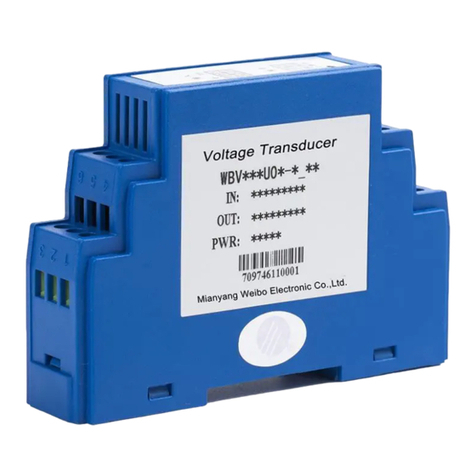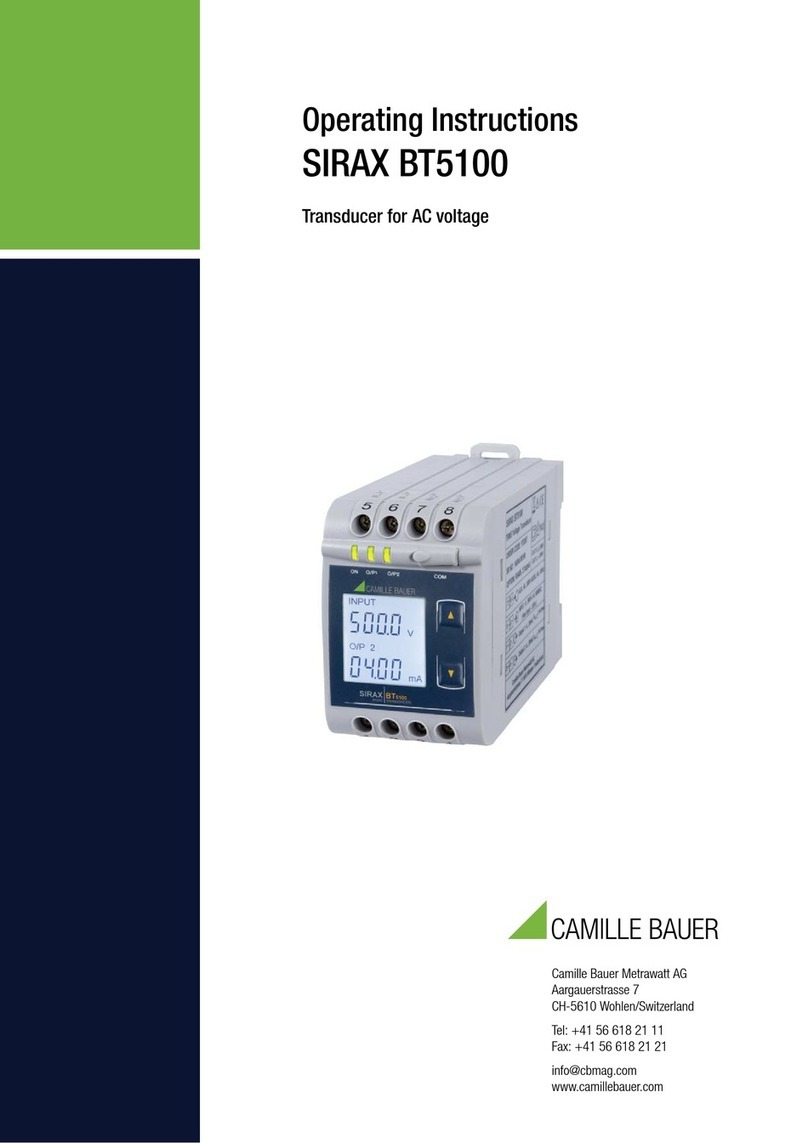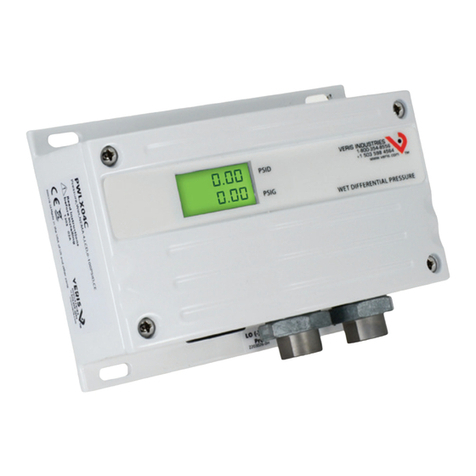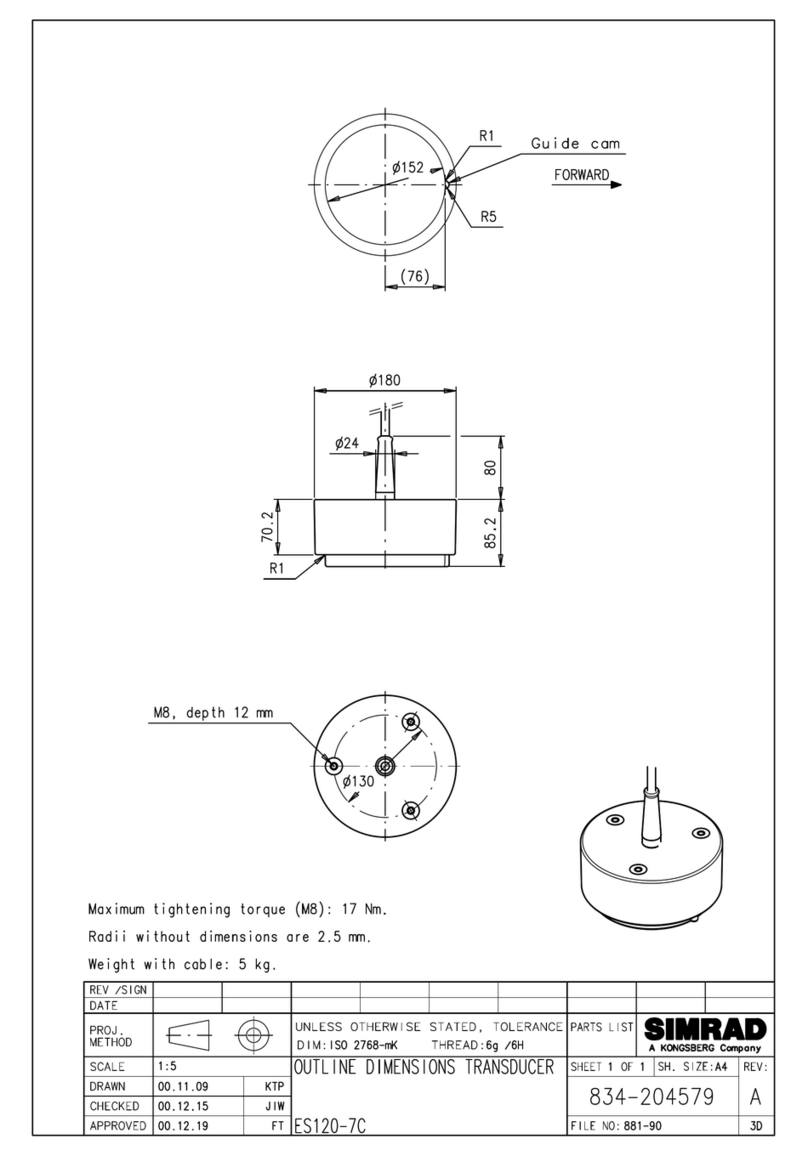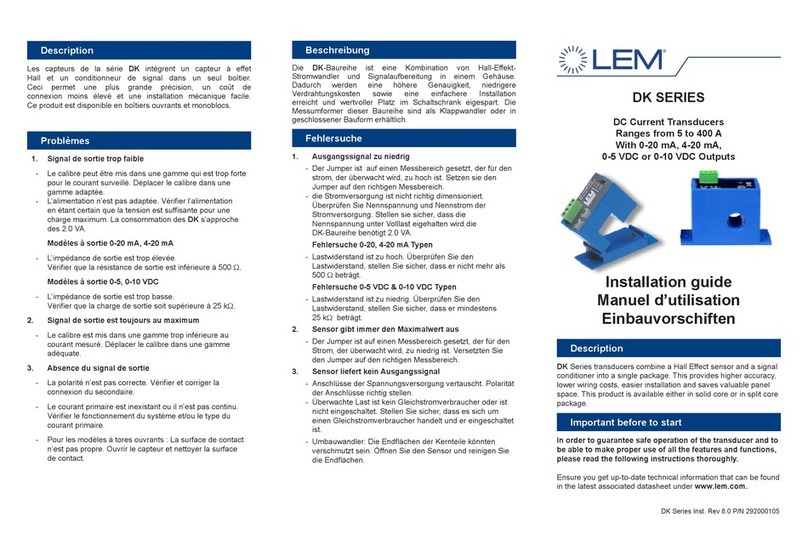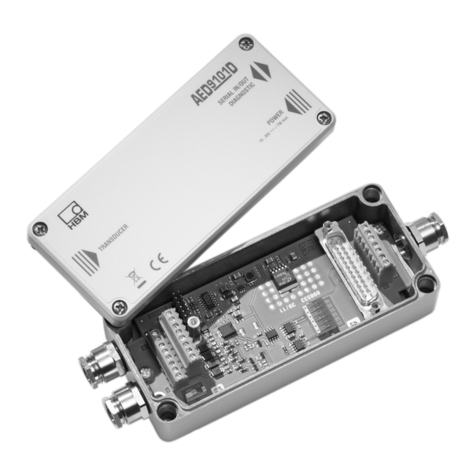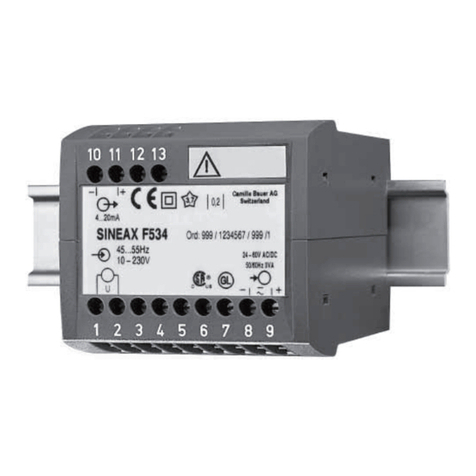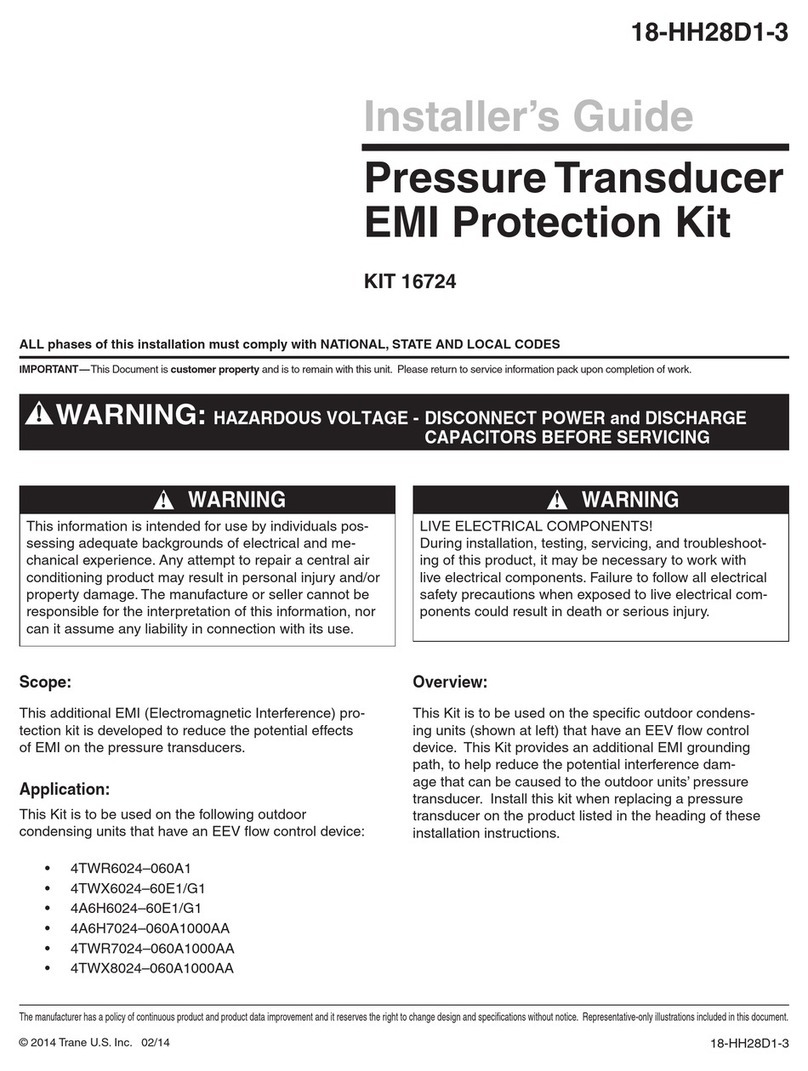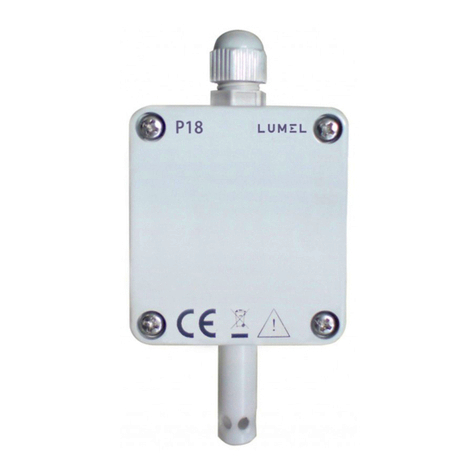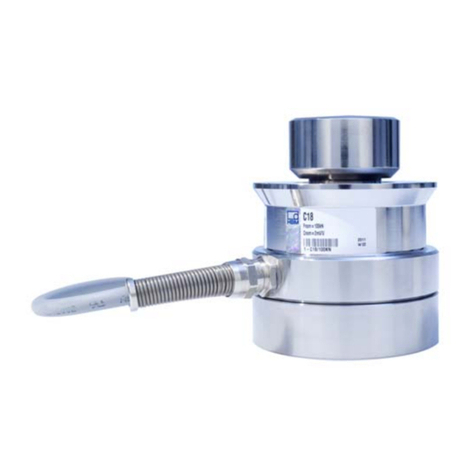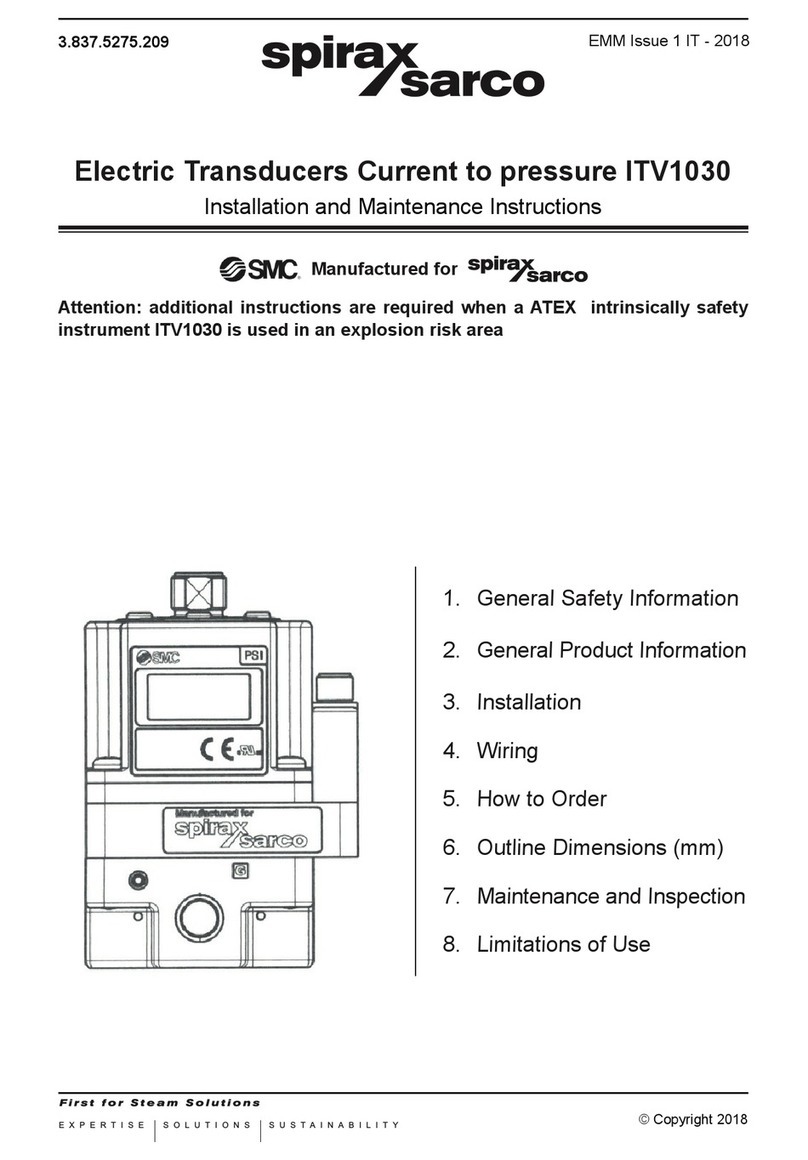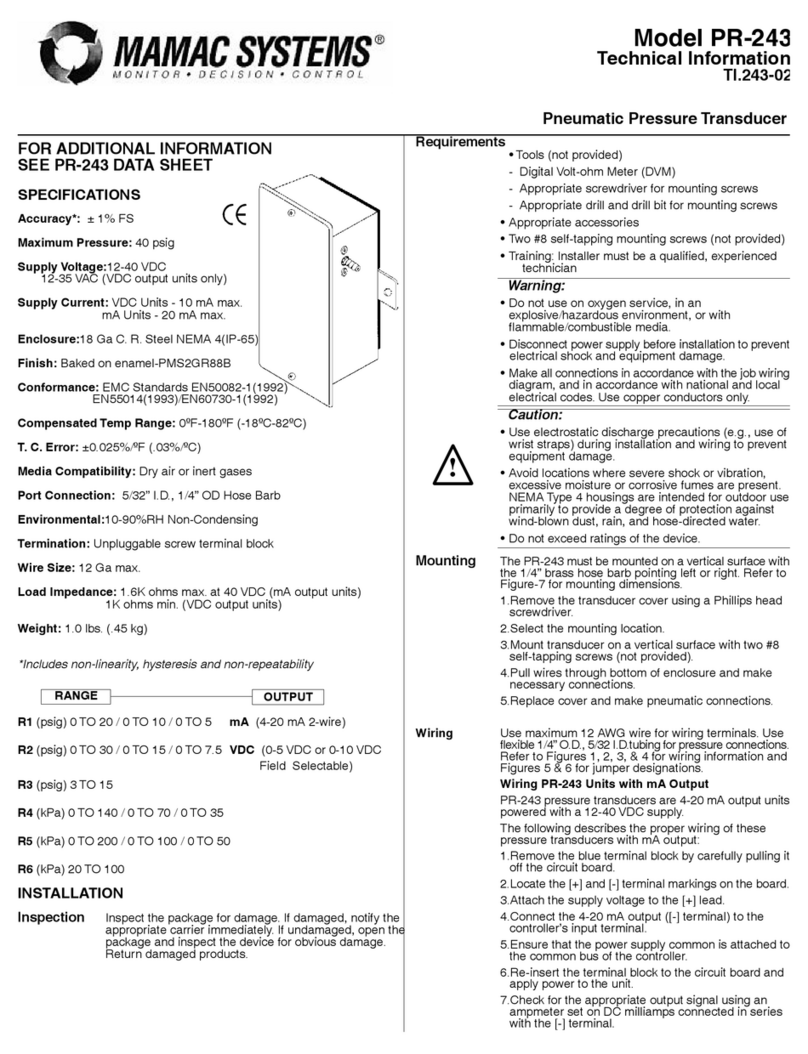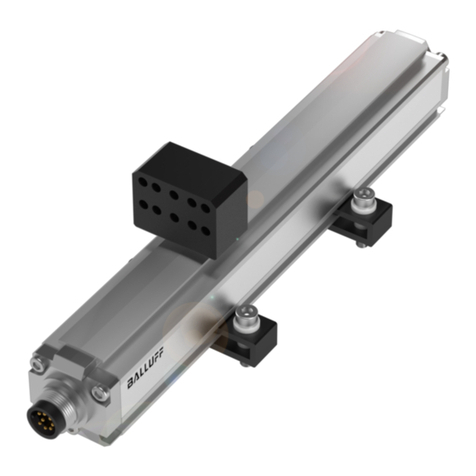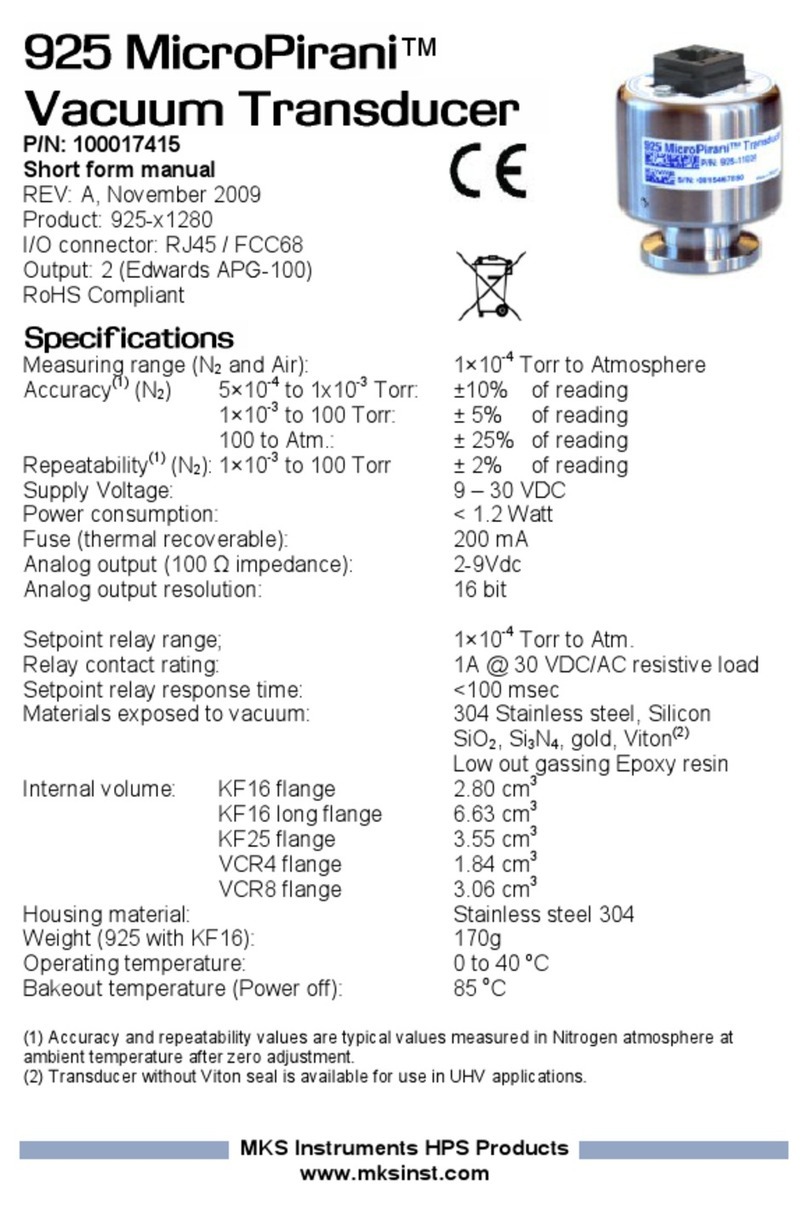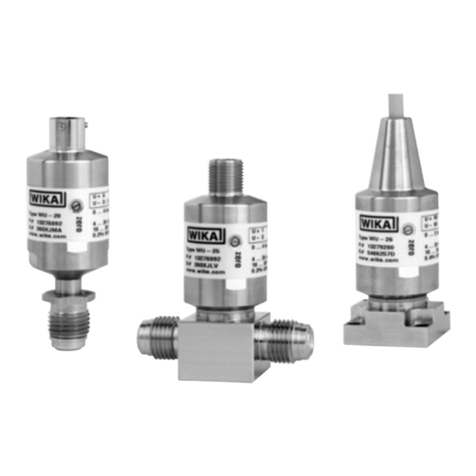2.9 Temperature Compensation and Shaft Expansion
The transducer is supplied with a temperature compensation network which is in series with Pin A, the
output signal lead. The compensation circuit will operate correctly only when used with a tension indicator
or controller supplied by CMC Controls. The transducer can accommodate sensing roller shaft expansion
due to normal temperature changes. The transducer, sensing roller and machine structure should all
therefore be at normal room temperature during installation.
2.10 Hazardous Area Installation - Intrinsic Safety
CMC Controls tension transducers can be located in a hazardous area to provide an Intrinsically Safe
installation to EN 50039 when a proprietary Zener Barrier module, Part Number 4503, is used. Tension
transducers are passive components and are classified as simple apparatus by EN 50014. Strain gauge
transducers (load cells) will be damaged if subjected to the 500 volt insulation test required by EN 50020.
To comply with Intrinsic Safety regulations the body of the transducer must be bonded to the IS earth
using 4 square millimetre green/yellow insulated cable. Consult CMC Controls for more information.
NOTE It is the responsibility of the user to ensure that all relevant safety regulations are complied with.
The integrity of all connections particularly the earth should form part of any maintenance procedure.
2.11 Single Transducer Operation
Most web tension installations require two transducers, each supporting one end of the sensing roller
shaft and the transducer output signals are summed to give a measurement of Total tension. For those
installations where only one transducer is required a Dummy Transducer, Part Number 4431, may be
needed to complete the full Wheatstone bridge. For single transducer installations the MWF calculation,
see below, should be derated by a factor of 1.5, consult CMC Controls for more information.
3. Transducer Force (MWF) Calculation
The formula for calculation of the transducer maximum working force (MWF) or force rating allows a
100% overload for tension transients or a tight edge to the web.
Remember to use the correct units.
